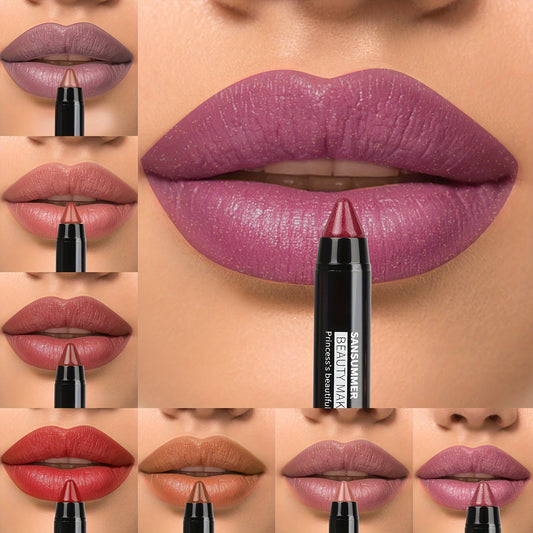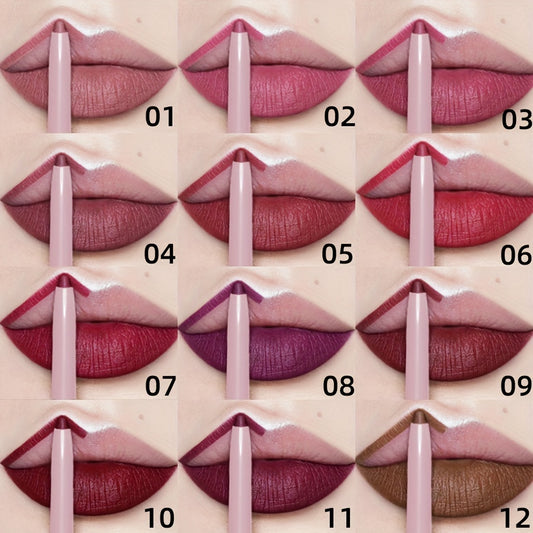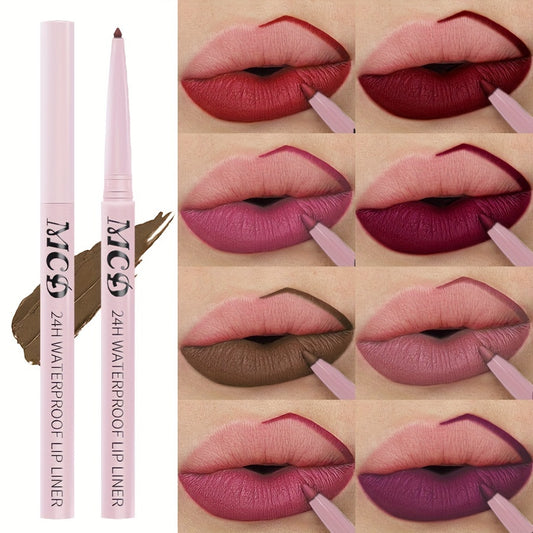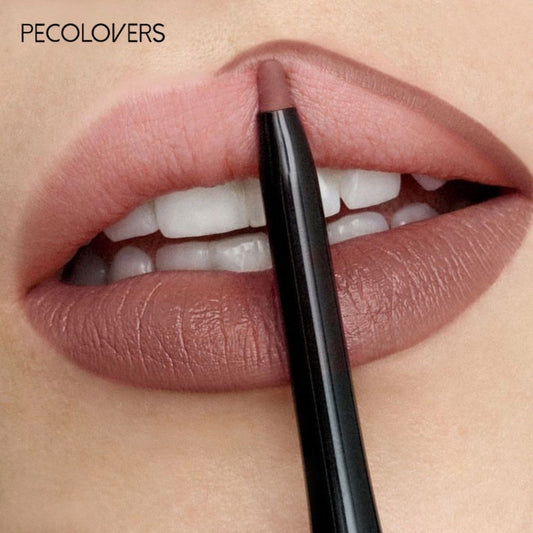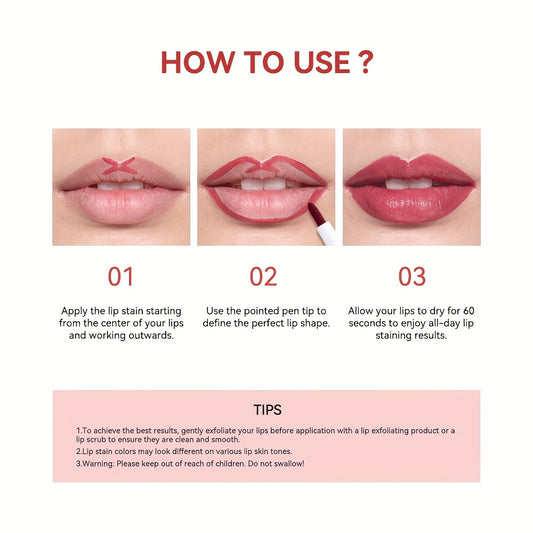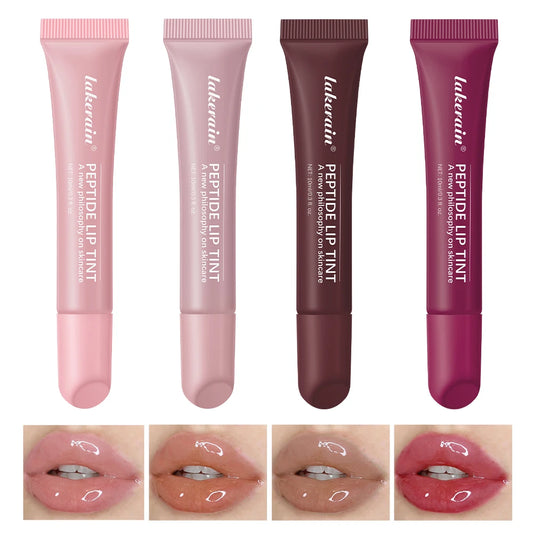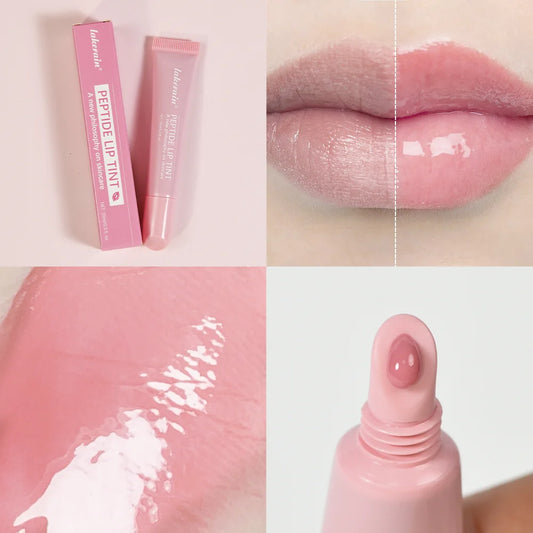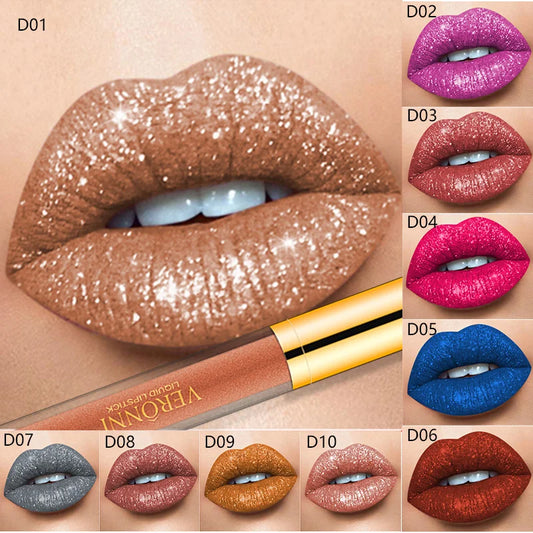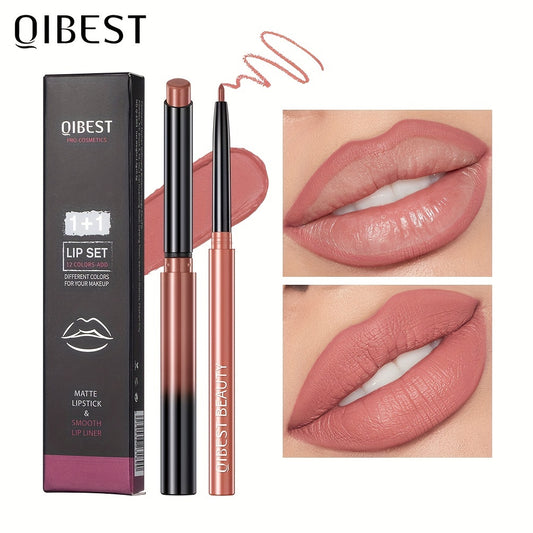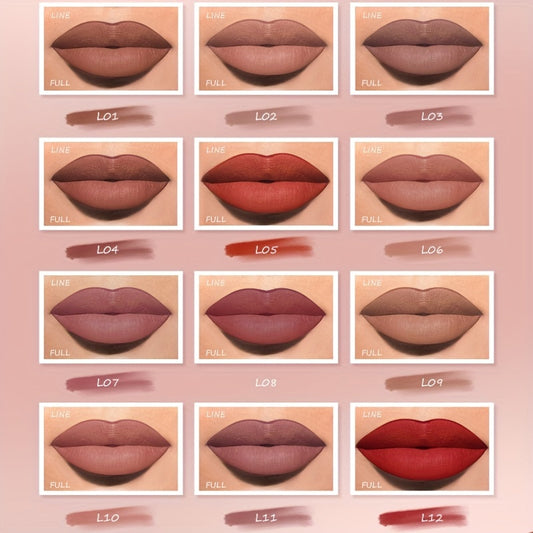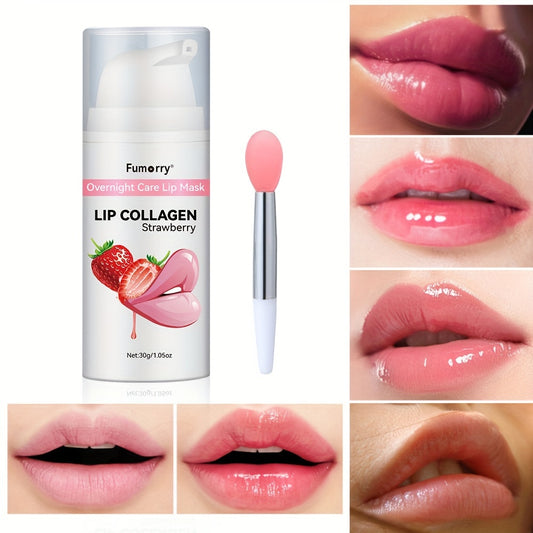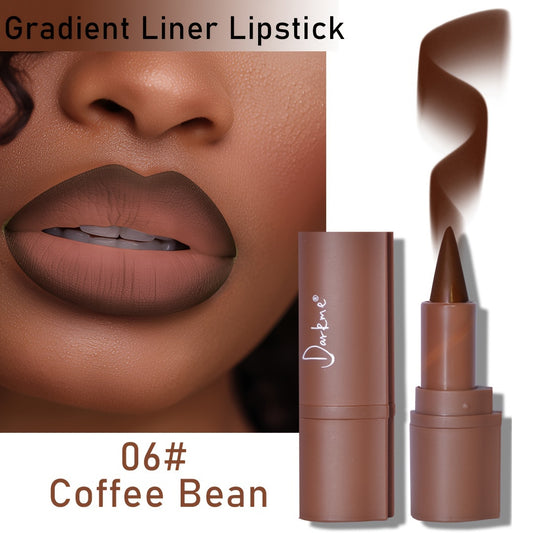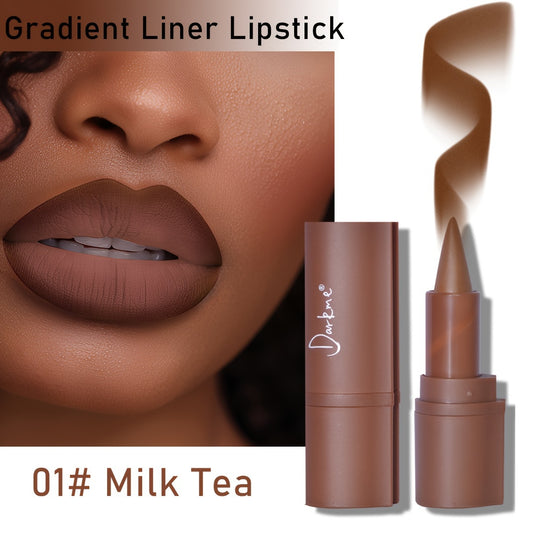Exploring the Beautiful Shades of Pink: A Guide to Color Names and Meanings
Share
Pink is a color that comes with a lot of charm and meaning. It can be soft and sweet like cotton candy or bold and bright like fuchsia. This article will take you on a journey through the different shades of pink, exploring their names, meanings, and how to use them in design and fashion. Whether you're looking to add a touch of pink to your life or just curious about this delightful color, there's something here for everyone.
Key Takeaways
- Pink symbolizes love, compassion, and creativity.
- There are many popular shades of pink, each with its own vibe, like Blush Pink and Fuchsia.
- Pink has a rich cultural significance, often associated with femininity and romance.
- Using shades of pink in design can create warmth and vibrancy in spaces and fashion.
- Mixing colors can create unique shades of pink, allowing for endless creative possibilities.
Understanding The Color Pink
The Meaning of Pink
Pink is interesting because it gets its meaning from two different places. It's generally seen as a positive color, mixing the energy of red with the purity of white. This gives it a youthful and energetic feel. Think about it: pink isn't just one thing. It can be soft and gentle, or bright and bold, depending on the shade. It's a color that can be both calming and exciting, which is pretty cool.
Cultural Significance of Pink
Pink's role in culture has changed a lot over time. It wasn't always seen as a "girly" color. In fact, there was a time when pink was associated with wealth and status, and even men's sports. It's only in the last century or so that it's become strongly linked to femininity. Now, it's often used to represent things like romance, tenderness, and children. But it's important to remember that pink has historical references that go way beyond just being a "girl" color. It's a color with a rich and varied past.
Psychological Effects of Pink
Pink is often associated with feelings of love, compassion, and care. It's a color that can make people feel calm and comforted. That's why you often see it used in healthcare settings, like in nurses' uniforms. But pink can also be seen as a playful and energetic color, especially in brighter shades. It's a color that can lift your spirits and make you feel more optimistic. It's interesting how a simple color can have such a big impact on our emotions. It's a color that can bring a sense of peace and happiness.
Pink is a color that can evoke a range of emotions, from calmness to excitement. Its association with love and compassion makes it a popular choice for creating a warm and inviting atmosphere.
Popular Shades of Pink
Okay, let's talk about some of the pinks that are really out there making a splash. We're not just talking about any pink; we're diving into the ones you see everywhere, the ones that have a real presence. Think of these as the rockstars of the pink world.
Blush Pink
Blush pink is like the chill friend everyone loves. It's soft, it's subtle, and it goes with everything. It's often described as a neutral with a hint of color, making it super versatile for all sorts of uses. You'll see it a lot in home decor, especially bedrooms and living rooms, because it creates a calming atmosphere. It's also a go-to for wedding themes and spring fashion. It's just...easy.
Fuchsia
Fuchsia, on the other hand, is the life of the party. It's bold, it's vibrant, and it demands attention. This color is a mix of pink and purple, giving it a really unique edge. You'll find fuchsia color names in fashion, especially in statement pieces like dresses and accessories. It's also a popular choice for branding, particularly for products aimed at a younger audience. It's energetic and fun, perfect for making a statement.
Cotton Candy
Cotton candy pink is all about sweetness and nostalgia. It's light, airy, and reminiscent of childhood fairs and sugary treats. This shade is softer than some of the other pinks, making it great for nurseries, children's clothing, and anything that needs a touch of whimsy. It's also used in some beauty products, like lip gloss and nail polish, to give a playful, youthful vibe. It's just a happy color, plain and simple.
I remember when I was little, my grandma took me to the fair, and the cotton candy was HUGE. It was this perfect shade of pink, and I thought it was the most magical thing ever. Now, whenever I see that color, it brings me right back to that day. It's funny how colors can do that, right?
Unique Variations of Pink

Pink isn't just one thing; it's a whole family of colors! Some pinks are bold and in-your-face, while others are subtle and whisper-soft. Let's check out some unique pinks you might not know.
Electric Pink
Electric Pink is like pink with a shot of espresso. It's super bright and energetic, the kind of color that grabs your attention. Think neon signs and bold fashion statements. It's not for the faint of heart, but if you want to add some serious pop to something, electric pink is your friend. It's a vibrant color combination these days.
China Rose
China Rose is a bit more subdued, but still interesting. It's like a mix of pink and red, kind of like the color of hibiscus flowers. It feels warm and inviting, and it's often linked to femininity and romance. It's a great choice if you want something that's not too loud but still has some personality. You can find a lot of rose glow shades.
Cerise Pink
Cerise pink is a deep, rich pink that's close to cherry red. It's sophisticated and elegant, and it can add a touch of luxury to whatever you're working on. It's not as common as some other pinks, but that's part of what makes it special. It's a great way to stand out from the crowd. Here are some other shades:
- Carnation
- Pink Punch
- Pink Dahlia
I remember when I first saw cerise pink used in a fashion show. It was on a velvet dress, and it just looked so incredibly rich and luxurious. It really changed my perception of pink and made me realize how versatile it can be.
Using Shades of Pink in Design
Interior Design
Pink can be surprisingly versatile in interior design. It's not just for nurseries or little girls' rooms anymore! Think about using blush pink as a neutral on walls to create a calming and sophisticated space. You can also incorporate bolder shades like fuchsia as accent colors in pillows, throws, or artwork to add a pop of energy.
- Pair dusty rose with charcoal gray for a modern, moody vibe.
- Use coral pinks with warm neutrals and greens for a retro, 70s-inspired look.
- Combine different shades of pink for a monochromatic, layered effect.
Pink is often associated with femininity, but it can be used in any room of the house. The key is to choose the right shade and pair it with complementary colors and textures. Don't be afraid to experiment and have fun!
Fashion Trends
Pink has had a major impact on fashion trends over the years. From the Millennial Pink craze to the resurgence of hot pink, this color continues to evolve and surprise us. Right now, we're seeing a lot of designers incorporate pink in unexpected ways, like pairing it with edgy silhouettes or using it in traditionally masculine garments.
Consider these ideas:
- Hot pink with crisp white for a bold, modern look.
- Pastel pinks with denim for a casual, everyday style.
- Fuchsia as an accent color in accessories like shoes or handbags.
Graphic Design
In graphic design, pink can be used to evoke a range of emotions, from playfulness to sophistication. Lighter shades like baby pink are often used for branding materials aimed at a female audience, while brighter shades like electric pink can be used to grab attention and create a sense of excitement.
Here's how to use pink effectively in graphic design:
- Use pink to create a sense of warmth and approachability.
- Pair pink with contrasting colors like green or blue for a visually striking effect.
- Experiment with different shades of pink to create depth and dimension.
Mixing and Creating Pink Shades
How Pink is Made
So, how do you actually make pink? It's simpler than you might think! The most basic way to create pink is by mixing red and white. The more white you add, the lighter and softer the pink becomes. Think of it like diluting red to get those delicate shades. For a true pink, you'll want to use a red that isn't too orange or too purple. A good middle-of-the-road red will give you the cleanest pink. You can also adjust the temperature of the pink by using different reds – a cooler red will give you a cooler pink, and a warmer red will give you a warmer pink. It's all about experimenting to find the perfect balance!
Combining Colors for Unique Shades
Okay, so you know how to make basic pink, but what about all those other amazing shades? That's where things get really fun! You can create a whole spectrum of pinks by adding other colors to your red and white mixture. For example:
- To get a dusty or muted rose tone, try mixing in a touch of violet or even a little bit of gray. This will give your pink a more sophisticated, vintage feel. It's great for creating a nostalgic-looking color.
- If you want a coral pink, add a tiny bit of yellow or orange. Be careful not to add too much, or you'll end up with peach instead of pink!
- For a more vibrant, almost neon pink, consider adding a touch of magenta or even a tiny bit of blue. This will give your pink a brighter, more electric feel.
Experimenting with different color combinations is key to finding your own unique pink shades. Don't be afraid to try new things and see what happens! You might be surprised at the beautiful and unexpected colors you can create.
Adjusting Tones and Tints
Once you've got your basic pink shade, you can further adjust it by playing with tones and tints. Tints are created by adding white to a color, making it lighter. Tones, on the other hand, are created by adding gray to a color, making it more muted. Here's how you can use these techniques to create different effects:
- To create a pastel pink, add a lot of white to your base pink. This will give you a soft, delicate shade that's perfect for nurseries or spring-themed designs. Think of cotton candy!
- To create a deeper, richer pink, add a touch of black or a dark gray. This will give your pink a more sophisticated and dramatic feel. It's great for creating a sense of luxury or elegance.
- You can also adjust the warmth or coolness of your pink by adding a touch of yellow or blue. Adding yellow will make your pink warmer, while adding blue will make it cooler. This is a great way to fine-tune your pink to match a specific mood or aesthetic. You can use hex codes to ensure color consistency across various screens and devices.
The Evolution of Pink in Fashion
Pink's journey through the world of fashion is anything but simple. It's a color that has swung from representing masculinity to femininity, from high society elegance to rebellious punk rock. It's a wild ride, and it's still evolving.
Historical Context
Way back when, pink wasn't really a "girl" color. In fact, during the 19th century, little boys in England often wore pink because it was seen as a lighter shade of red, which was associated with the military. Think of it as a symbol of national pride! It wasn't until after World War II that pink really started to become associated with women, especially when figures like Mamie Eisenhower and Jackie Kennedy embraced it. They really made pink fashions popular.
Modern Interpretations
Fast forward to today, and pink is everywhere. Millennial Pink took the world by storm, becoming a symbol of gender fluidity and a rejection of old-fashioned ideas. But it doesn't stop there. Hot pink made a comeback in the 70s, becoming a symbol of rebellion. Now, you see pink in everything from high fashion to streetwear, showing just how versatile it is.
Future Trends
So, what's next for pink? It's hard to say for sure, but one thing is clear: pink isn't going anywhere. We're seeing more and more designers play with different shades and textures, mixing pink with unexpected colors and materials. I think we'll see pink continue to challenge expectations and break boundaries in the years to come.
Pink is such a versatile color. It can be sweet and innocent, or bold and rebellious. It's all about how you use it. I think we'll see designers continue to push the boundaries of what pink can be, and that's exciting.
Symbolism and Associations of Pink

Pink is a color that carries a lot of baggage, doesn't it? It's not just a color; it's a statement. From soft pastels to vibrant magentas, pink evokes a range of emotions and ideas. Let's unpack some of the most common associations.
Love and Romance
Pink is often linked to love and romance, but it's a softer, gentler kind of love than the passionate red. Think of it as the color of first crushes and sweet gestures. It's the color of Valentine's Day cards and delicate bouquets. It's not about fiery passion; it's about affection, tenderness, and the early stages of a relationship. It's the color you choose when you want to show someone you care, without being too intense.
Femininity and Gender
Okay, let's address the elephant in the room: pink and femininity. For a long time, pink has been strongly associated with girls and women. But it wasn't always this way! There was a time when pink was actually considered a masculine color, a lighter shade of red, which symbolized strength and military prowess. It wasn't until the mid-20th century that pink became firmly entrenched as a "girl color," thanks to marketing and cultural trends. Now, things are changing again. People are challenging these old stereotypes, and pink is becoming more gender-neutral. It's a reminder that colors don't have genders; we assign them.
Compassion and Care
Beyond romance and gender, pink also represents compassion and care. Think about it: many nurses and healthcare professionals wear pink. It's a color that soothes and comforts. It's the color of nurturing and kindness. It's not an aggressive color; it's gentle and supportive. When you want to create a space that feels safe and welcoming, pink can be a great choice. It's a reminder to be kind to yourself and others.
Pink is a fascinating color because it's so versatile. It can be sweet and innocent, bold and rebellious, or calming and compassionate. It's a color that's constantly evolving, and its meaning is always up for interpretation.
Here's a quick look at some of the associations:
- Love and Romance: Tenderness, affection, early stages of relationships
- Femininity and Gender: Historically linked to girls, now becoming more gender-neutral
- Compassion and Care: Nurturing, kindness, support
Pink is a color that often represents love, kindness, and warmth. It can make people feel calm and happy. Many people associate pink with caring and friendship. If you want to learn more about the meanings behind colors like pink, visit our website for more interesting insights!
Wrapping Up the World of Pink
So there you have it! Pink is more than just a pretty color; it’s packed with meaning and personality. From soft blush to bold fuchsia, each shade tells its own story. Whether you’re looking to brighten up your home, add flair to your wardrobe, or just want to play around with colors in your art, pink has got you covered. It’s versatile and can fit into any style or mood. So next time you reach for a pink, remember all the shades and meanings behind it. Happy coloring!
Frequently Asked Questions
What does the color pink represent?
Pink is often seen as a symbol of love, kindness, and creativity. It combines the passion of red and the purity of white, giving it a warm and cheerful vibe.
What are some popular shades of pink?
Some well-known shades include Blush Pink, Fuchsia, and Cotton Candy. Each shade has its own unique look and feel.
How can I use pink in my designs?
You can use pink in various ways, like in interior design for a cozy atmosphere, in fashion for a stylish look, or in graphic design to create eye-catching visuals.
How is pink made?
Pink is created by mixing red and white together. You can make different shades of pink by adding more or less white.
What is the history of pink in fashion?
Pink has been a popular color in fashion for many years. It has changed over time, from being associated with girls to becoming a trendy choice for everyone.
What does pink symbolize in different cultures?
In many cultures, pink is linked to femininity, love, and care. It's often used in contexts related to romance and compassion.


